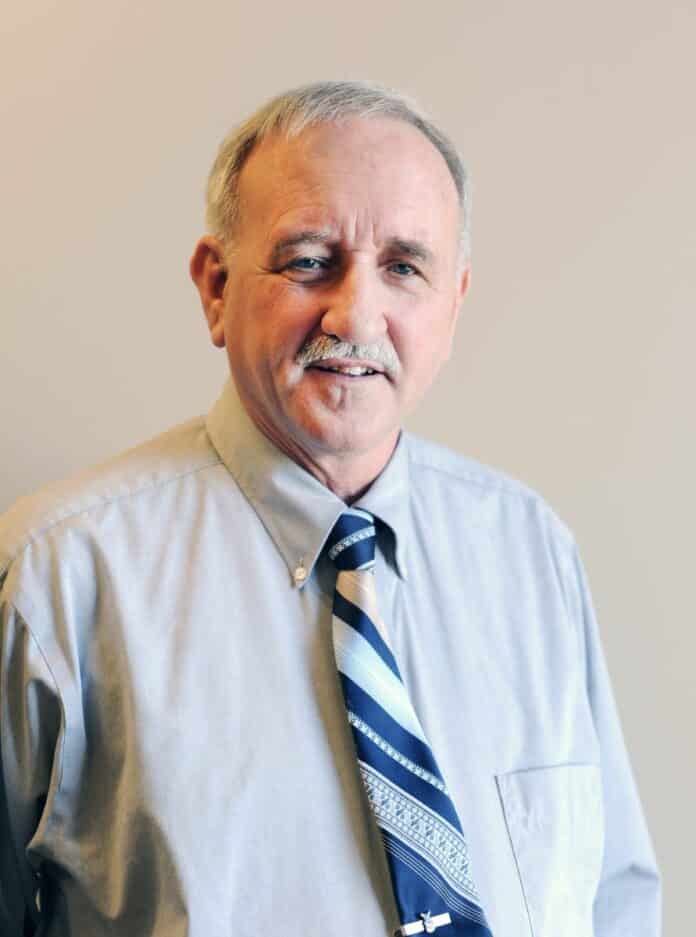GREENFIELD — The Hancock County Tourism Commission plans to ask county officials to change the way they set aside funding for fairgrounds use — a point of contention among county boards for years.
The action came about after the Hancock County 4-H Agricultural Association asked the commission if they could spend $98,150 from a portion of the county’s 5% innkeepers tax — a fee charged to hotel guests — to upgrade the restrooms at the Hancock County Fairgrounds, 620 Apple St. in Greenfield.
Since 2015, the county has set aside one percentage point of the 5% innkeepers tax for the ag association to use for fairgrounds projects — but which fairgrounds site is up for debate.
In early 2015, the tourism commission signed a resolution asking the council to raise the innkeepers tax from 4% to 5% to provide extra funding for a new fairgrounds on property along U.S. 40 between North County Roads 400E and 500E. Those plans have stalled because county officials have chosen to build a new jail there.
The county council voted to increase the innkeepers tax starting in September 2015, but when the Indiana General Assembly in early 2016 didn’t approve a 1% food and beverage tax to also pay for the new fairgrounds — the legislature hasn’t approved the plan in subsequent sessions — the Hancock County Board of Commissioners wrote a resolution that said the revenue collected from one percentage point should be set aside for fairgrounds use, not specifically for a new fairground site, county records indicate. The fairgrounds account has a balance of about $200,000.
Bob Mattsey, treasurer for the tourism commission, said although the intent may have been to raise money for a new fairgrounds, that hasn’t been followed through since the tax increase in 2015.
Last year, the 4-H group spent about $92,000 from the innkeepers tax to repave the fairgrounds parking lot; and in May, the county council agreed to allocate the money needed for the restrooms.
The two new restrooms, located inside the exhibit hall at the fairgrounds, will comply with the Americans with Disabilities Act, said Josh Phares, ag association president. Crews will install new stalls, sinks, toilets, lights, smoke detectors and fire alarms, as well as lower the ceilings and redo the floor.
Mattsey made a motion during the Tuesday evening tourism meeting to approve the $98,150 expense, contingent upon the commission requesting the council and commissioners to do away with the 1% account during budget talks next month. The county instead would collect all five percentage points of the tax in one account, and the tourism commission would decide how much money to appropriate each year for the ag association. The 1% tax has been bringing in about $80,000 a year.
“All I’m trying to do here is find some common ground here to address the immediate without it being harmful to anyone. There’s a win for all sides,” Mattsey said, “whether it’s a 100% win or a 75% win, you’re all getting a win.”
Tourism commission members Carolyn Flynn, John Goss, Amanda Everidge, Kelly McClarnon and Mattsey voted in favor of the motion, while Travis McMichael and George Langston voted against.
Phares said after the meeting that he’s relieved to come to an agreement with the tourism commission. He said it’s in the best interest to combine the 1% and 4% accounts together.
It’s been difficult for the ag association to raise funds for a new fairgrounds complex after the county chose to build an up to $43 million jail on the county-owned farmland outside Greenfield, Phares said.
Langston, president of the tourism commission, said the fairgrounds account has collected nearly $300,000 since 2015, and not a penny of the revenue has been spent toward a new fairgrounds.
According to a State Board of Accounts manual, it states “public funds may not be used to make improvements to property not owned by the unit, unless permitted by law.” Langston, who said he’s not against a new fairgrounds site, said his main concern is that county shouldn’t pay to upgrade the fairgrounds property, which is owned by the ag association, a nonprofit organization. He said tourism dollars are meant for advertising and grants for events that promote tourism in Hancock County.
Langston said as the county continues to grow, the commission will need that extra one percentage point of innkeepers tax dollars for future tourism endeavors and not for fairgrounds projects.





